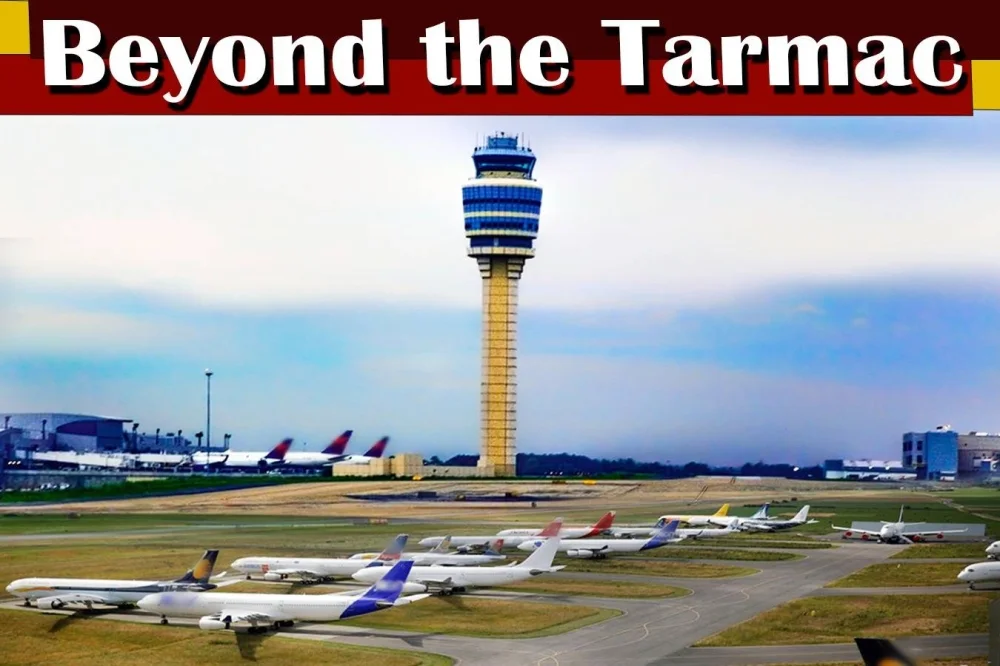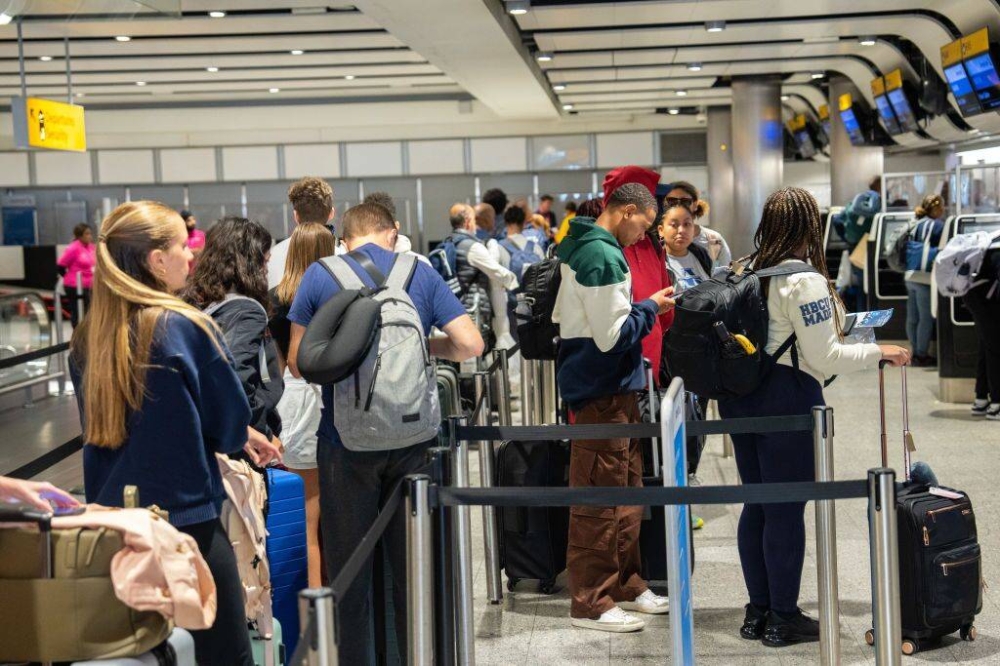
As growing numbers of countries around the world ease restrictions on travel, tourism has become a major beneficiary, UNWTO says.
Currently, some 197 countries are without any Covid-19 travel restrictions and they represent 89% of all countries in the world, the UN body says.
By the end of July, international tourist arrivals reached 84% of pre-pandemic levels.
Some 700mn tourists travelled internationally between January and July 2023, 43% more than in the same months of 2022.
Data reveal that July of this year was the busiest month, with 145mn international travellers recorded, about 20% of the seven-month total.
All regions of the world enjoyed strong rates of tourism recovery over the first seven months of this year, driven by demand for international travel from several large source markets.
The Middle East, GCC countries in particular, reported the best results in January-July this year, with arrivals 20% above pre-pandemic levels. The region remains the only one to exceed 2019 levels so far.
Europe, the world’s largest destination region, reached 91% of pre-pandemic levels, supported by robust intra-regional demand and travel from the US.
Africa recovered 92% of pre-crisis visitors this seven-month period, and the Americas 87%, according to available data.
In Asia and the Pacific region, recovery accelerated to 61% of pre-pandemic arrival levels after opening many destinations and source markets at the end of 2022 and earlier this year.
If the current trend continues, industry experts say 2023 would see a remarkable recovery in tourism and global travel.
UNWTO figures point to international tourism remaining well on track to reach 80% to 95% of pre-pandemic levels by the year-end.
Prospects for the last quarter of the year point to continued recovery, according to the latest UNWTO Confidence Index, though at a more moderate pace following the peak travel season of June-August.
These results will be driven by the still pent-up demand and increased air connectivity, particularly in the Pacific region, where recovery is still subdued.
The reopening of China and other Asian markets and destinations is expected to continue boosting travel both within the region and other parts of the world.
That said, tourism recovery faces challenges due to geo-political issues as well as economic concerns. In many countries, persisting inflation and rising oil prices have translated into higher transport and accommodation costs.
In many major markets, particularly in the US and Europe, this could weigh on spending patterns over the remainder of the year, with tourists increasingly seeking value for money, travelling closer to home and making shorter trips by road.
UNWTO data clearly attest the fact that when a country implements restriction-free policies, it encourages more tourists to visit there. Travellers are more likely to choose destinations where they don't have to navigate complex entry requirements or face the risk of sudden policy changes.
Undoubtedly, tourism is a significant contributor to a country's economy. More tourists mean more spent money on accommodation, food, transportation, and various activities. This injection of foreign currency helps stimulate economic growth.
With an influx of tourists, there is often an increased demand for services like hospitality, transportation, and local experiences. This creates newer jobs, reduces unemployment and improves livelihoods for local communities.
Restriction-free policies provide a favourable environment for local businesses, especially those in the tourism industry. Hotels, restaurants, tour operators, and other businesses that rely on tourism benefit from increased customer traffic.
To cater to the increasing number of tourists, countries invariably invest in infrastructure development. This includes improvements to transportation networks, airports, and the overall tourist experience. These upgrades benefit both tourists and locals.
For any country, dependence on a single industry or an export commodity is risky. Tourism is one sector that provides an additional source of revenue, helping to diversify and stabilise economic growth.
Undoubtedly, restriction-free policies enhance a country's global image and diplomatic relations, making them an essential component of a thriving tourism industry.


